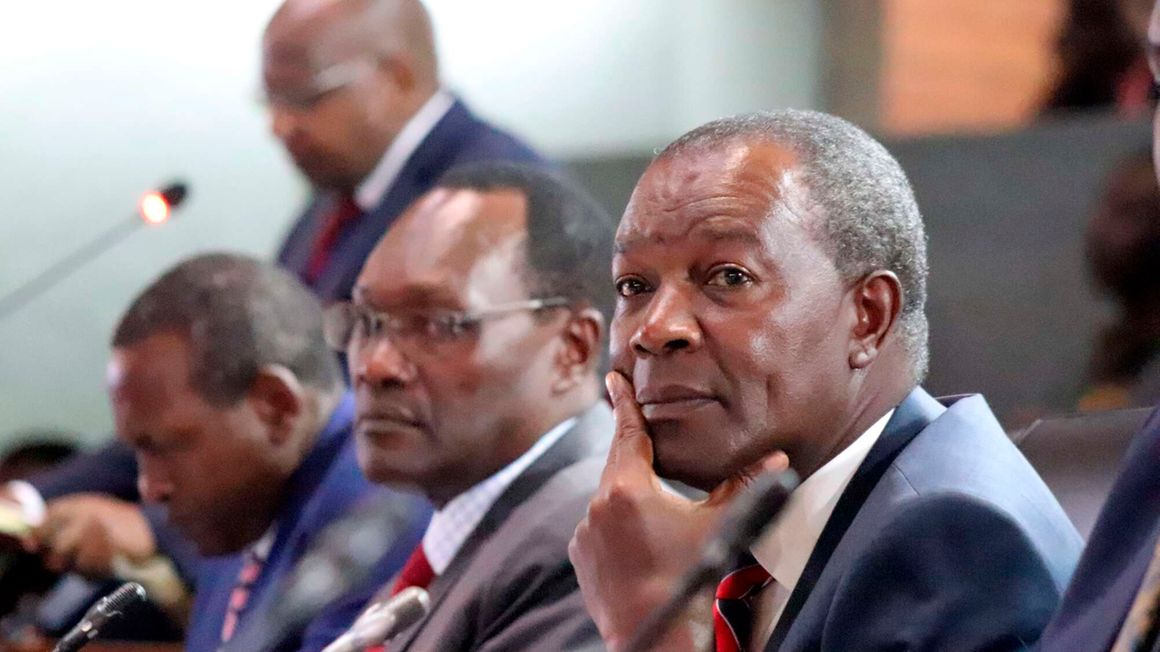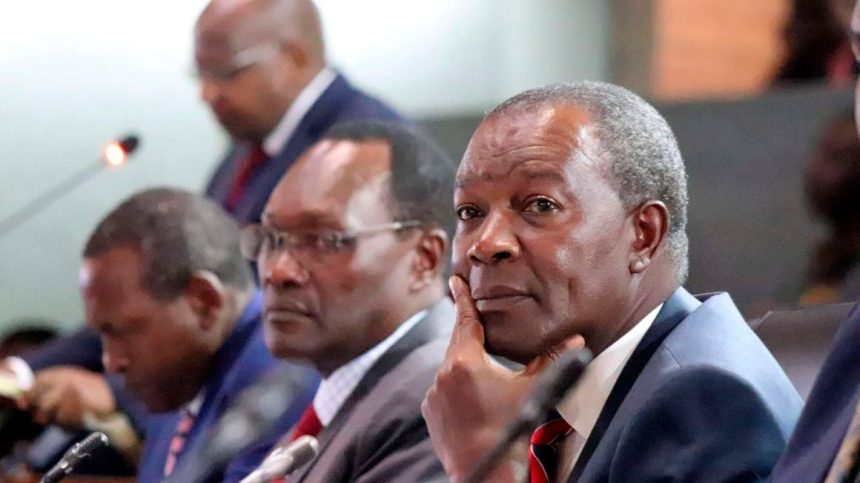Debt repayments for the first nine months of the current financial year overtook the national government’s recurrent spending on items like civil servant salaries for the first time, underlining the burden of mounting State borrowing.
Kenya spent Sh815.35 billion on debt repayments between July 2022 and March, up from Sh740.69 billion in the same period a year earlier.
This marks the first time in Kenya’s history that debt costs have surpassed the recurrent expenditure that stood at Sh814.7 over the period, Treasury data show.
Kenya ramped up borrowing under former President Uhuru Kenyatta’s administration to build infrastructure, leading to a squeeze on its finances as the loans fall due amid criticism over the resulting debt burden.

The Treasury data show debt repayments have nearly tripled in six years, having surged from Sh273.64 billion in the nine months that ended March 2016.
This has left President William Ruto’s administration with a narrow fiscal space to roll out his policies, preventing it from making deeper cuts in the country’s borrowing.
Treasury data show that the new administration tapped loans worth Sh452 billion in the six months to March, which is more than the Sh434.6 billion that its predecessor borrowed in the same period a year earlier.
Analysts had expected that the Ruto administration would cut fresh borrowing by a larger margin after committing to ramping up its tax collections.
But the rise in spending under the Bottom-Up economic plan, which proposes to channel resources to sectors that can have a massive impact in creating jobs and wealth, has upended the plan to go slow on debt.
The debt servicing costs have been climbing in recent years after the grace period extended by rich countries, particularly China, expired, with repayments for domestic debt fast falling due.



